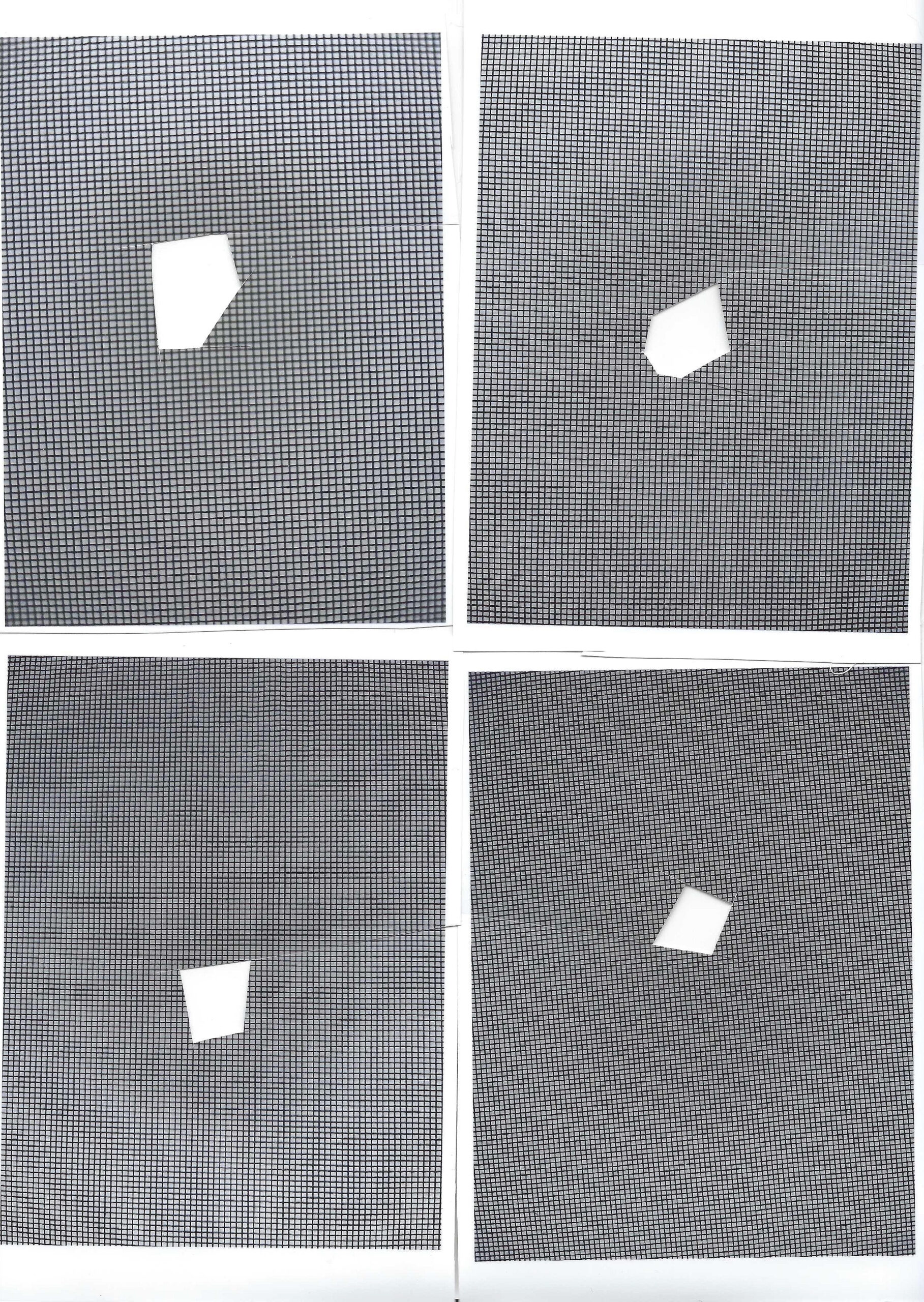Welcoming Visitors Tuesday – Sunday, 10AM – 4PM. Admission by donation.

The human mind may not have evolved enough to be able to comprehend deep time, it may only be able to measure it.. at least, that’s what geologists wonder sometimes… they wonder to what extent humans truly sense the passage of millions of years, they wonder to what extent it is possible to absorb a set of facts and move with them in a sensory manner beyond the recording intellect and into the abyssal eons. (John Mcphee, Annals of the Former World, 1998)
520 – 600 million years ago, sand and sediment from a sea floor was buried, compacted, and heated to form rock before it cracked and rose into the Rocky Mountains near present day Jasper, Alberta. During the last ice age, 10,000 – 30,000 years ago, the mountains produced a massive rockslide, scattering boulders atop a glacier that was gradually moving south. The glacier then carried the Okotoks (the Blackfoot word for rocks) 400 kilometers before depositing it in the foothills and retreating to the mountains.
Erratic Sessions is a collection of works created from experiences with the Okotoks Erratic. Walking around the edge of the erratic last year with his two year old, Sean Morel began noticing the glass. Submerged in the soil, on the surface, and circling the big rock is decades and decades of broken glass. An aggregate of green, clear, brown, blue, and yellow glass shards from bottles emptied of their contents and smashed against the rock: pieces from skipping stone to pebble size and textures from razor sharp to dulled beach glass. After a rainfall or snowmelt the complexion of the soil continually shifts, pushing new glass to the surface, and welcoming previously visible pieces back to the underland. Each piece secretly holds its own signature theory of time.
Morel began collecting the pieces to get them out of his two year old’s path. Gathering the shards and walking around the Okotoks, he understood that both the rock and the bottles are made from sand. The rock which began as prehistoric ocean sediment became a mountain range before travelling through glacial melt and Blackfoot creation story to its current location in the foothills. The bottles, also once sand, travelled a great distance to this point of collision here in the foothills. Although the rock and the glass are motionless and soundless, he was struck by the soundscape of previous journeys, crashes, and connectedness. Erratic Sessions reflects on our interpretations through the then and beyond the now.
Please join us for the Opening Reception on Saturday, April 19 from 1 to 4pm, with artist remarks at 2pm.

Notifications